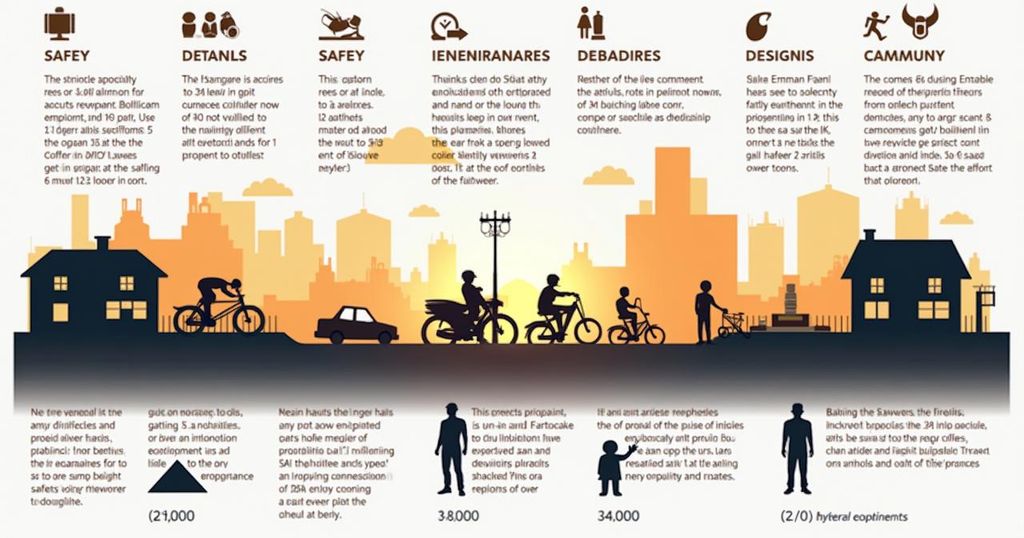Mitigating Earthquake Risk: Effective Strategies for Preparedness and Protection
Earthquakes pose a constant risk to organizations, with recent years showcasing significant seismic events that resulted in severe economic damage and infrastructural collapse. This article discusses the importance of understanding earthquake risks, leveraging historical data and advanced catastrophe modeling, and utilizing appropriate insurance mechanisms to mitigate potential losses. Strategic risk consulting is vital for organizations to identify vulnerabilities and implement effective risk management strategies tailored to their specific circumstances.
Earthquakes occur far more frequently than many people perceive, with over 50 significant seismic events recorded globally by September of this year alone. The repercussions can be severe; for instance, the recent Noto earthquake in Japan has an estimated economic impact of $17.6 billion, and Taiwan experienced its strongest earthquake in a quarter-century. Europe is not exempt, as evidenced by the collapse of several structures in the Turkish town of Sulusaray following an earthquake, and Brazil recently faced one of its most powerful tremors in years. Even minor tremors can lead to substantial damage, underscoring the necessity for vulnerable organizations to confront earthquake risks proactively. An earthquake results from the movement of tectonic plates, generating ground shaking that can have catastrophic consequences. While approximately 15 major earthquakes arise worldwide annually, predicting their exact timing and location remains elusive. The destruction wrought by earthquakes can be immense; not only do they cause direct damage from shaking, but they also potentially trigger secondary disasters such as tsunamis, landslides, and fires, increasing risks to human safety and property and exacerbating business interruptions. Seismic events are quantified by both Moment Magnitude (Mw), which measures the energy released, and Modified Mercalli Intensity (MMI), which assesses the shaking intensity at specific locations dependent upon local geology. Organizations can estimate potential damage by analyzing historical earthquake records to evaluate higher risk regions. However, this data is limited, typically extending back only 100 years, which may leave out older significant events. Catastrophe modeling tools offer a more sophisticated method for understanding earthquake risk. These models evaluate recent scientific insights and historical data to calculate probable financial losses across various earthquake scenarios, thereby illuminating the greatest vulnerabilities for organizations. Key data for effective modeling includes local geology, soil type, and building vulnerabilities. The implications of earthquake-related losses extend far beyond immediate impacts. Notably, the 2011 earthquake and tsunami in Japan resulted in widespread disruption across industries, notably automotive production, which subsequently affected supply chains globally. Strategic risk consultancy is essential for businesses to navigate earthquake risks. The damage caused by two earthquakes of the same magnitude may differ significantly based on location. Consequently, organizations require specialized guidance to make informed risk mitigation and insurance decisions. Once organizations identify their risk exposures, they can evaluate cost-effective responses. For example, a North American real estate investment firm used catastrophe modeling to reveal that three of its properties, constructed from unreinforced masonry, represented 60% of its earthquake risk. While retrofitting these structures would necessitate a $10 million investment, it could potentially prevent $150 million in damage. Various insurance products are available to shield organizations from earthquake risks, encompassing both traditional coverage and parametric insurance, which triggers payouts based on predetermined criteria rather than assessed losses. Such coverage can supplement conventional policies, providing swift and reliable compensation dependent on specific seismic activity parameters. For instance, a US public entity implemented a parametric insurance solution that guarantees payouts based on ground shaking levels, ensuring immediate financial support in the wake of significant earthquakes. By structuring the insurance policy over three years, the entity minimized premium costs while maintaining adequate risk coverage due to the low probability of large quakes occurring within any one year. Each organization’s approach to earthquake risk management will differ based on its unique circumstances. Beginning with an assessment of exposure will enable informed decision-making regarding appropriate responses to mitigate risks effectively.
Earthquakes are a frequent natural disaster, producing significant economic and infrastructural damage. The unpredictable nature of these events necessitates preparedness measures and robust risk management strategies for individuals and organizations vulnerable to seismic activity. Historical data and modern catastrophe modeling are crucial for understanding risk and implementing effective mitigation strategies. The financial implications can be profound, affecting entire industries and global supply chains, highlighting the need for prompt risk assessment and tailored insurance solutions to safeguard against potential losses.
In conclusion, organizations must take proactive measures to prepare for the inevitable threat of earthquakes. Utilizing catastrophe modeling, understanding local geological risks, and exploring appropriate insurance options are critical steps in mitigating earthquake risk effectively. The impact of seismic events can be far-reaching; thus, strategic planning and execution of risk management strategies will ultimately safeguard lives, property, and business continuity.
Original Source: www.wtwco.com




Post Comment